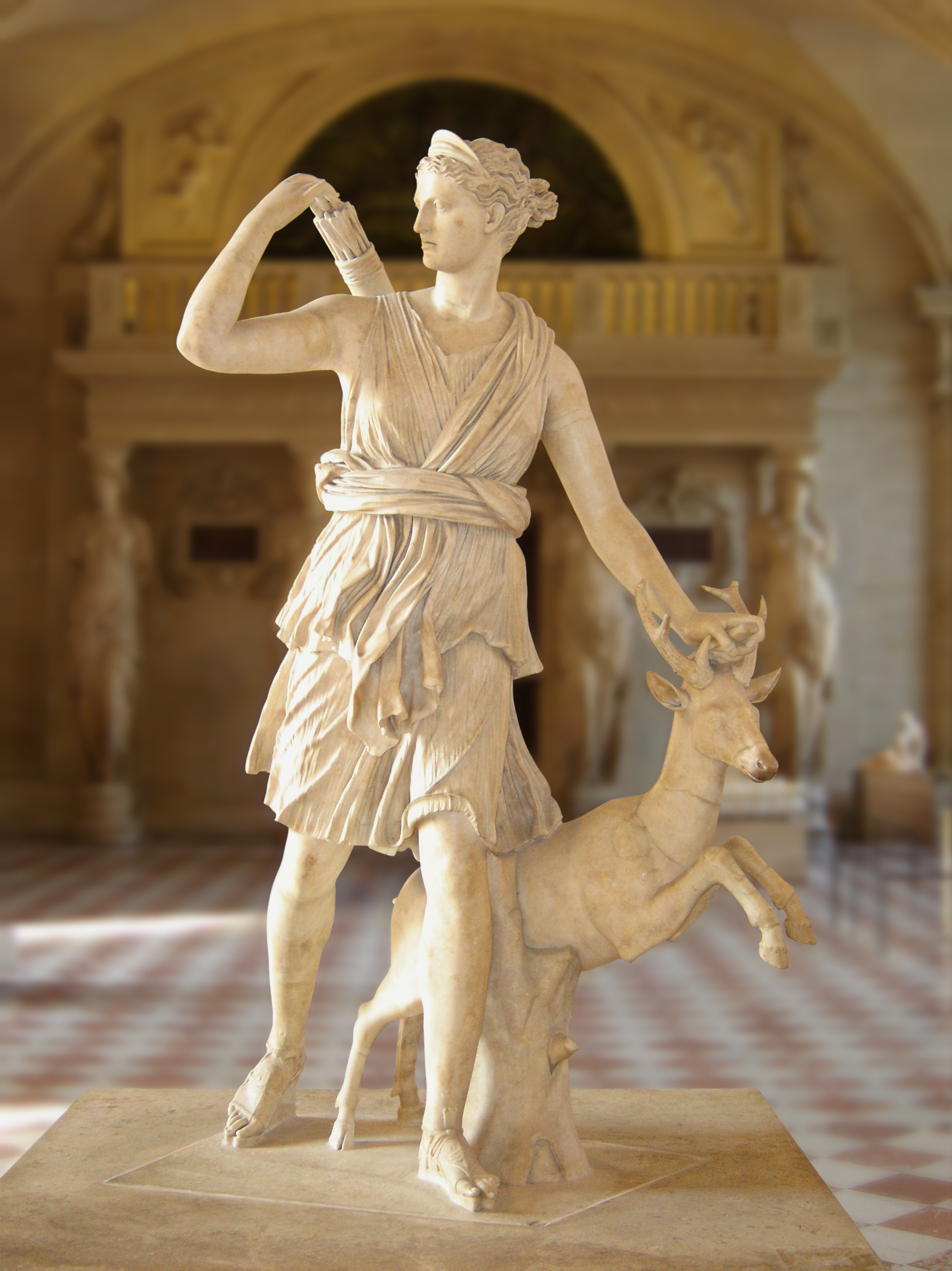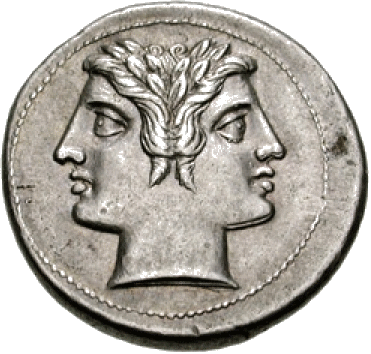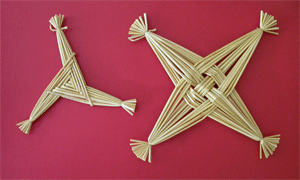The stories of Mabon ap Modron, the Welsh God, and of Demeter and Persephone are associated with this time.
Dionysus, the god of wine and revelry, is also a fertility god and of the the harvest. One myth about him, tells how he was destroyed by the Titans, except his heart, and was resurrected when Zeus gave the heart to Semele to eat, whereupon she gave birth to him anew. This reflects the same cycle seen in the Wheel of the Year.
MAIDEN -- The first aspect of the Triple Goddess in Wicca. She is represented by the waxing crescent moon. She is fresh and youthful and in the first blush of womanhood. Associated with Spring, the Maiden is beginnings and ideas, potential, and newness.
MALLEUS MALEFICARUM -- Translated it means the The Witches' Hammer. Written in 1484 by Heinrich Kramer and James Sprenger, two Inquisitors. Under the Bull of Pope Innocent VIII, this document was a guide to questioning, when torturing was necessary, trying, and sentencing those accused of witchcraft. It also included how to spot signs of witchcraft and demon possession, how to cure those inflicted with spells, how to protect themselves from spells, and a host of other information for the professional witch hunter, Inquisitor, or magistrate. It was in use for three centuries or so in the persecution of those falling within their grasp.
MARCH -- March began the Roman year. It was when military campaigns renewed after the break in winter. Martius translates to (month of) Mars. Mars being the Roman god of war.
MAY -- Named after the Roman goddess Maia, who is the goddess of spring growth.
MOTHER -- She is the second aspect of the Triple Goddess. She is in her prime in all things: fertility, ripeness, sexually, and power. Most times, She is pictured pregnant to symbolize this richness. The full moon represents Her.
 |
| Diana |
The varying gods and goddess for the moon run across all the mythological pantheons: the Egyptian Thoth, the Roman Diana, the Greek Selene, and the Japanese/Shinto Tsukuyomi-no-Mikoto.
Many modern day Wiccans have the Triple Goddess or the Maiden, Mother, and Crone. The Maiden is the waxing moon, the Mother is the full moon, and the Crone is the waning moon.
MONDAY -- The name of this day comes from the Old English monandaeg from the Latin dies Lunae,which translates to day of the moon.
Disclaimer: None of these pictures belong to me. I found them on Google.


















